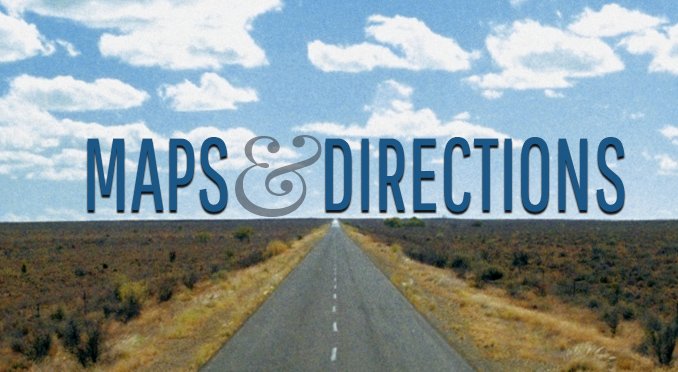
Understanding Bereavement
The implied suggestion of many traditional grief models seems to be that the person suffering a loss simply has to go through the inevitable process, wait it out, “see it through,” on the assumption that “time heals all wounds,” and that eventually “in time,” they will “get over it.” This would seem to suggest that in the emotional aftermath of a loss, bereaved individuals are essentially passive, having to simply submit to suffering through a series of stages or a certain structured grief system over a defined period of time and incidentally over which they have little or no control and in which there is not much choice.
However this is not what people actually experience after bereavement. We cannot understand the grief process ONLY by some “timeline” system or “set formula” whereby a person goes passively through certain emotions, stages, phases or reactions in order to somehow eventually arrive at this destination we erroneously call acceptance.
So, consider this foundational fact:
We cannot understand bereavement and every individual response to it unless we appreciate how each bereaved person’s world has been forever changed by the loss.
I am suggesting that we serve people better if we focus on the significance of this bereavement to the individual rather than on the substance of their specific reaction to the bereavement. Rather than concentrating on the reactions of grieving people and then quantifying their responses, we need to ask the “why” of these reactions. We must understand the meaning of the loss to this individual, which I suggest is being “expressed” through their specific emotions and uniquely individual behaviors.
Put simply, instead of trying to get people back to normal by seeking to resolve and rectify their emotions and behaviors, we should rather regard these reactions as a symptom of the much deeper issue, namely, “My world has changed … and I don’t like it.” Grief is a protest against something I didn’t want, don’t like, but can’t change. And the challenge for the helper is in enabling them to come to terms with this new, albeit unwelcome, reality by beginning to form appropriate new patterns of emotion and behavior.
And consider this foundational fact:
Grieving is something we do, not something that is done to us.
We need to gain a better understanding of not only “what” people experience after a loss, but also “why” grief affects people so uniquely and individually. Rather the grief process involves many choices, with numerous possible options to approach or avoid the situation at hand.
In other words, any good paradigm of grief will not simply propose some futile attempt to re-establish pre-loss patterns of emotion or behavior, expressed in comments like “getting back to normal.” Life has changed and will never be the same again! But that does not mean it cannot be good. The challenge is how we can support the person in integrating these changes into their life as it now is; supporting them through a reinterpretation of “how life can be meaningful even in the light of loss,” empowering them to define life as it now is and to find ways to make the most of what they have left.
~Adapted from an article by Dr. Bill Webster





